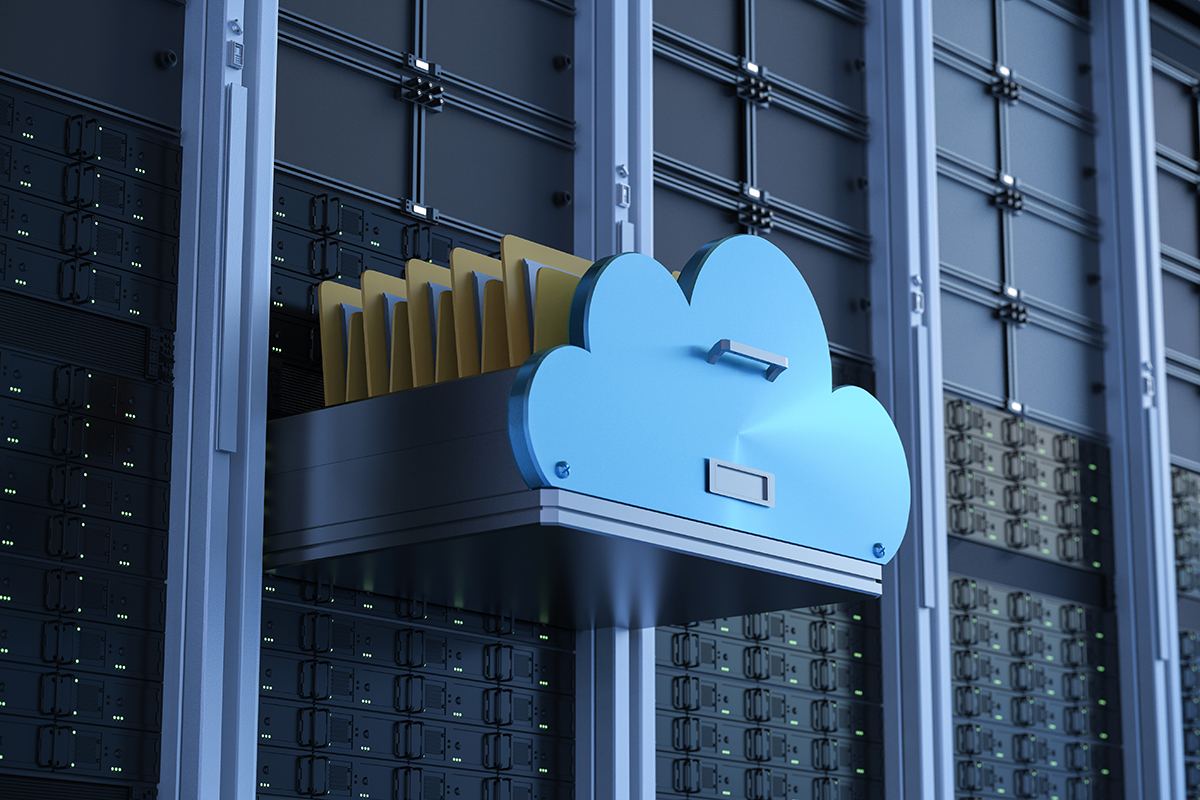
How Salesforce will Become Your Virtual Office in 2022

More than a hundred thousand companies rely on Salesforce products to supercharge their sales pipelines and help build genuine relationships with customers and employees. But Salesforce doesn’t just want to be a part of your workflow.
In a world of distributed work, Salesforce is positioning itself to become your company’s new home base. This should not come as a surprise, especially when you factor in how the way we work, collaborate and communicate has been turned on its head in the last 18 months or more.
After a year of major acquisitions and product expansions, Salesforce is getting closer to becoming your virtual office. And while many of us would like to return to some version of the old normal, it is increasingly likely that remote or hybrid strategies will be the actual normal for the foreseeable future – to give this some context, LinkedIn’s recent Workforce Confidence Index estimates that around 50% of U.S. workers are currently working “onsite.”
For those reasons alone, Salesforce wants to be the digital solution that ticks every conceivable workplace box.
With that in mind, I want to highlight four trends to watch next year that not only hint at what the decision makers at the global platform are focused on but also how these strategies fit into the future of work in the current normal.
Trend 1: Growing Slack Integration
After announcing its plans to acquire Slack in December 2020, Salesforce closed the $27.7 billion deal in late July, officially bringing the popular business communication platform under its wing. Since then, Slack has been incorporated into Salesforce’s Customer 360 product, which streamlines the parent’s software solutions to provide companies with a unified view of their customers.
In 2022, we might see Slack integrated directly into Salesforce’s core products. That means that all the collaboration you do on Slack could be done right inside Salesforce. In standalone Slack, conversely, what you’re going to see is the ability to enter a new opportunity, log service cases, and perform other core functions that Salesforce is known for.
What does this Salesforce-Slack unification point to?
The simple answer is that when Slack and Salesforce are fully integrated, the latter can better position itself as the central axis of a distributed work environment.
Announced at Dreamforce 2021, Salesforce is calling this integrated product the “Digital HQ.” The overall aim, according to a press release, is to help companies both grow and improve efficiency for distributed workforces by providing a number of departmental and industry-specific solutions.
For example, DigitalHQ for Sales empowers sales teams to collaborate in real time to close more deals faster from anywhere, while DigitalHQ for Service will allow service teams to automatically identify and bring the right experts together to resolve a case. And with Slack-first MuleSoft integration, Slack can minimize app and interface switching by streamlining and automating workflows across multiple business apps.
Salesforce’s full suite of Slack-first HQ capabilities will be rolled out throughout 2022, but a full list of capabilities that will help to build a digital headquarters can be found here.
Trend 2: Expanded Focus on the Employee Experience
Salesforce has always focused on helping companies provide an exceptional customer experience.
Given the battle for talent that has taken place since the start of the pandemic, its employee experience offering is going to begin playing a more prominent role. We’re already seeing that growth with Work.com, Salesforce’s employee experience manager.
In 2020, Work.com added two major features in response to the COVID-19 pandemic – contact tracing and work capacity management.
But Work.com is already evolving into more. Originally revealed in October 2020, its Employee Helpdesk feature allows employees to request company assets, receive IT support, and ask about benefits using Salesforce’s AI-powered Einstein chatbots.
Over the next year and beyond, I can see Work.com becoming a full-blown HR suite – kind of like Workday.
You are probably wondering what that would that look like. On Work.com, for instance, companies could track and manage their employees’ entire employment journey, including onboarding documentation, events and webinars, training modules, and more.
By pouring new energy into the employee experience, Salesforce can continue expanding within the enterprise. Organizations might not miss their offices much but with Salesforce ramping up its efforts to be a digital replacement, they will have a new home for all their HR-related operations, policies, and tasks.
Trend 3: Stronger Core Products with Data-Driven Intelligence
Over the last 12 months, there is a consensus that human-centered AI has created new business value for top companies.
According to recent IBM research, enterprise AI usage jumped 150 percent from 2019 to 2020. Of the organizations surveyed, 83 percent of the best-performing companies used enterprise AI, the report said, with the highlighted trend repeated across various business sectors.
Granted, this research was very much geared towards how Salesforce solutions are having an impact on the business landscape – the clue is in the title, “The State of Salesforce: Industry Perspectives, 2020-2021 – but there is no doubt that AI will continue to evolve in 2022.
Taking note of the high demand for AI-powered solutions, Salesforce announced a few major innovations for Einstein in 2021:
- Einstein Conversation Mining: Natural language processing allows Einstein to identify common types of customer interactions based on conversation data.
- Einstein Relationship Insights: Using a desktop plugin, Einstein can comb data across the internet for vital customer and company information.
- Einstein Engagement Scoring: Nested within Salesforce CDP, this feature helps marketers zero in on their most engaged customers using both AI and cross-cloud data.
From our perspective, we expect Sales Cloud, Service Cloud, and Marketing Cloud to make better use of data to make more intelligent decisions and provide more intelligent guidance in its guided sales and customer service solutions. Data is a commodity, so it makes perfect sense that companies will be leveraging next-generation tech to make full use of the actionable insights available.
So, how do these AI solutions impact Salesforce’s not-so-covert mission to become your virtual home base?
Once again, the answer is quite simple. As your company continues to rely on AI to increase efficiency, drive revenue, and help employees provide a better overall customer experience for their customers, you may find yourself also turning to Salesforce as a one-stop shop for AI-powered business processes.
Trend 4: Rising Demand for Salesforce Talent
Slack wasn’t Salesforce’s only major acquisition in 2021. The company also purchased Acumen Solutions, a professional services firm with a heavy focus on Salesforce consulting. With Acumen’s expertise, Salesforce can offer consulting services directly to the organizations that use its software.
It’s a savvy move by the company. On a basic level, as Salesforce adds more functionality for more industries, enjoying maximum ROI from the platform will require increasing amounts of specialized knowledge.
This means organizations will need to invest in Salesforce-focused talent and SME. And, just like in the physical workplace, Salesforce-aligned entities will need capable practitioners to structure and manage solutions as effective virtual offices.
Tapping into the Future of Work
Over the last two decades, Salesforce has become a cloud-based tech behemoth. Anyone who lives in San Francisco will be able to attest to the company’s ubiquitous presence in business optimization strategies every time they look at the city skyline, but its ongoing innovations and astute workplace investments fit perfectly with the new normal narrative.
In 2022, Salesforce will both move toward becoming the virtual home base for your distributed workforce and cement its reputation as the go-to option for companies that are still trying to put the workplace pieces together.
And whether you’re ready for enterprise-wide digital transformation or a more focused departmental optimization effort, now is a great time to explore the working potential that Salesforce offers. The future of work is not set in stone, but the companies that continue to adapt to the challenges of the post-pandemic working requirements will not only benefit in the short terms but also for years to come.
Apexon’s digital engineers are adept at not only solving the toughest challenges that our customers can throw at us but also the integration of next-generation solutions into workflows and processes. To find out how we can help you achieve the required digital maturity, please fill out the form below.




